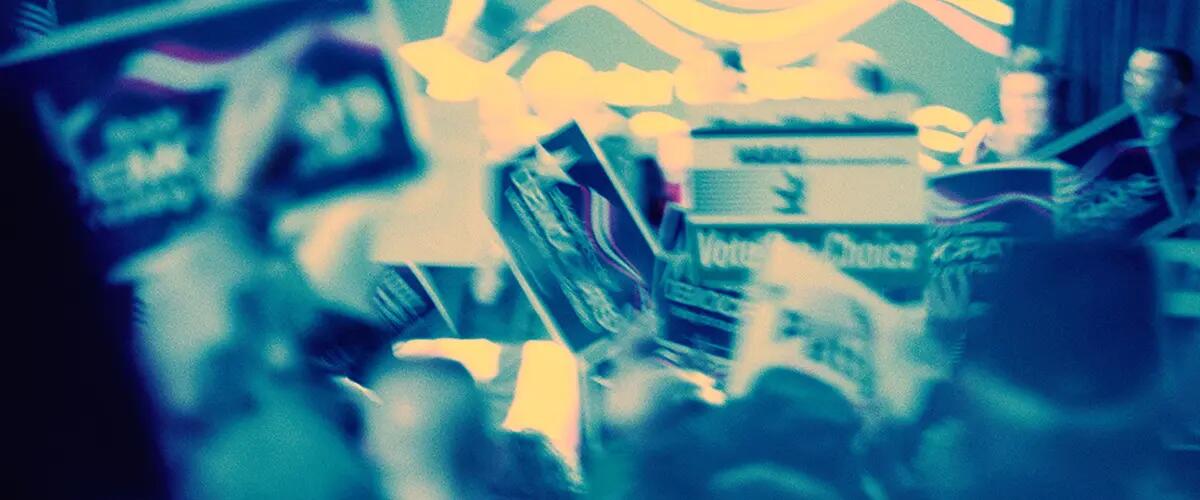
The rivalry of American conservatives and liberals is about elites, yes, but also about underdogs.
Red versus blue, understanding the socioeconomic correlates of liberalism and conservatism
As professors of business ethics, we often have to grin and bear it when people say to us, "Isn’t that an oxymoron?" Maybe that’s what led us to think about political ethics, a subject that many people would think is even more oxymoronic than business ethics.
This campaign season, Donald Trump has been a distinctive candidate in many ways. One of them is his full bore attack on American democracy as a rigged system, in which overlapping liberal and conservative elites in the media, finance, and Washington collaborate to advance globalization and to hollow out the American working class and American nationalism.
A while back, we started analyzing the University of Michigan’s election data to try to understand the socioeconomic correlates of liberalism and conservatism.
We first tried to answer the following question: Is the red-blue rivalry an elite rivalry, real or phony, between the economically well and the highly educated – the executives against the professors?
We suspected the answer was yes, and our analysis supported our intuition. Of the 72 economic, cultural, and foreign policy issues we examined, the position that was more popular among the top 5 percent of the income distribution – the "executives" – than among those with graduate degrees – the "professors" – was the conservative position 64 times.
There is a major overlap between the highly educated and the well-off, and typically the differences between the groups on issues are small. Given that, you could look at our Question 1 results and say, in the cynical spirit of Trump, that liberal-conservative rivalry is a phony rivalry of cosmopolitan elites who basically agree with each other.
Next, we tried to answer a parallel question, Question 2, about red-blue rivalry and underdogs instead of elites: Are the differences between red and blue explained by the differences between those who didn’t graduate from high school – "dropouts" – and those in the bottom third of the income distribution – the "poor?"
To our surprise, the differences between dropouts and the poor were nearly as predictive of red-blue positions as elite differences. The position that was more popular among dropouts than among low-income people was the conservative position on 62 out of the 72 issues.
To our further surprise, when we did regression analyses, we found that the differences between the dropouts and the poor actually explained more of the variance between liberal and conservative positions than did the differences between the well-off and the highly educated. One likely reason for that result is that the less educated and the less well-off differ more from each other in their opinions than do the highly educated and the well-off.
Further research is most definitely called for. We don’t want to trumpet our Question 2 results as proof that red-blue rivalry is just as responsive, or even more responsive, to social underdogs’ preferences as to the preferences of social elites. But we do think that our results cast doubt on facile cynicism, Trumpian or otherwise, about conservative-liberal competition and American democracy.
As business ethicists, we happen to believe that our field is anything but oxymoronic. After our foray into political ethics, we find ourselves much more inclined than we were originally to give similar credit to that field, at least to the part of it represented by conservatism and liberalism.
The fix is not in. The rivalry of American conservatives and liberals is about elites, yes – but it is also about underdogs.
Wayne Eastman and Christopher Young both teach business ethics at Rutgers Business School – Newark and New Brunswick. Eastman is an associate professor of supply chain management and Young is an assistant professor of professional practice on the faculty of management & global business.
Press: For all media inquiries see our Media Kit


